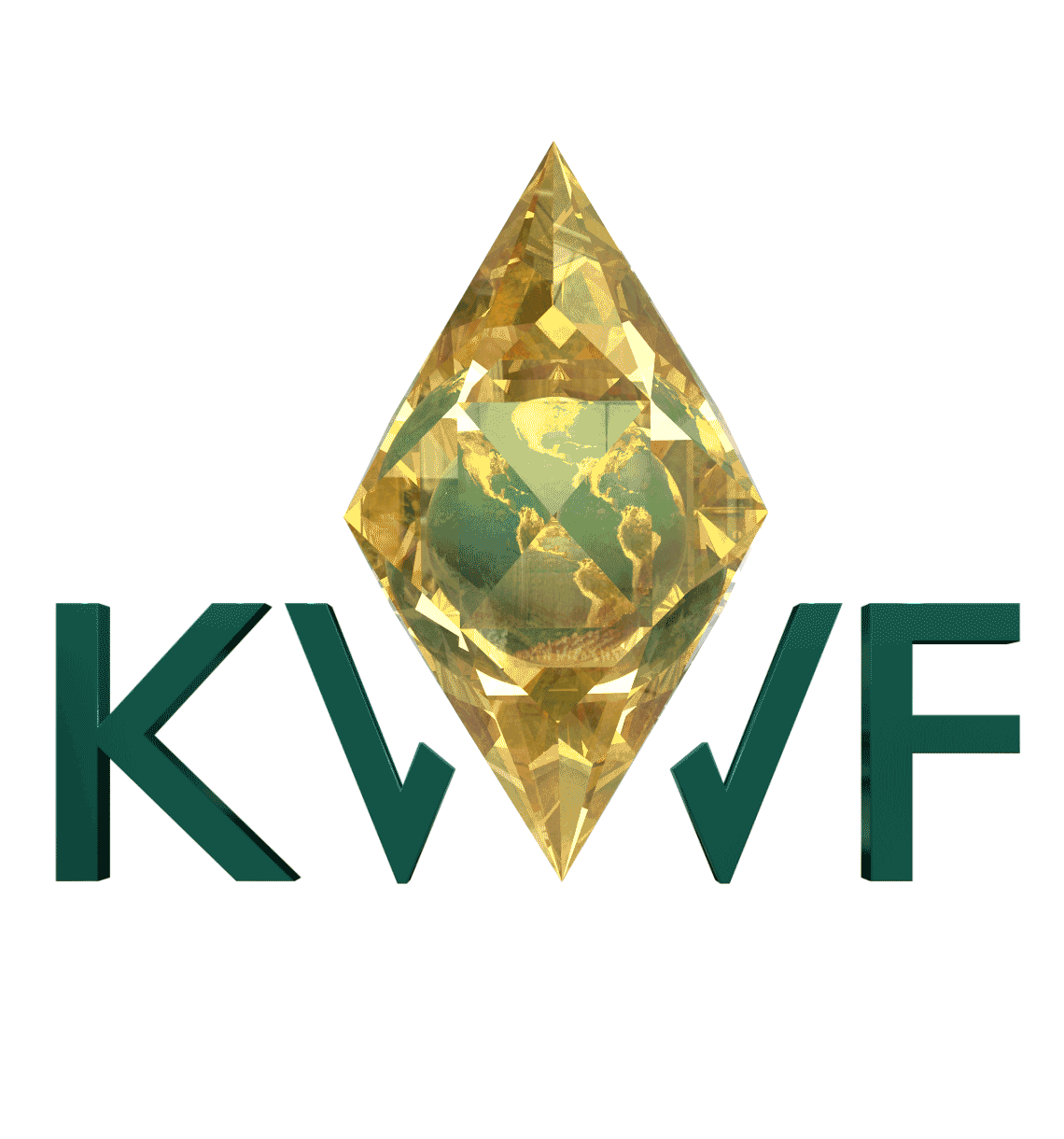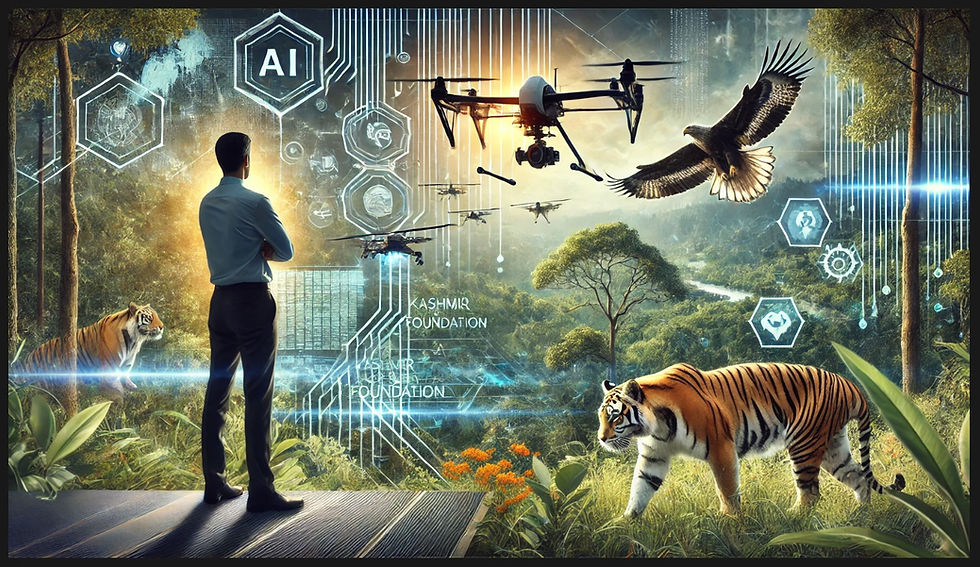Exploring the use of drones in marine mammals research: Solamac 2014
- Kashmir World Foundation

- Mar 23, 2015
- 3 min read
Between November 29th and December 5th, as a wildlife researcher and representative of Kashmir World Foundation, I attended the 10th Work Meeting of Specialists in Marine Mammals of South America, organized by the Latin american Society of Specialists in Marine Mammals (SOLAMAC). This conference was developed in the frame of the 4th Colombian Conference of Zoology, in Cartagena, Colombia.

As part of the Conference, I participated in the Course “Drones: a promising non-invasive method to study dolphin behavior and the impact of whale watching activities”, led by marine biologist Dr. Laura May-Collado, from the University of Vermont. During the course, I gave a short speech explaining Kashmir World Foundation’s (KwF) main goals, the activities developed by each of its divisions, and the general characteristics of the drones used for the DaVinci Challenge: Build a Drone Workshop and Kashmir Robotics’ Counter-Poaching drones.
The course provided a review of commercial drones currently available and their utilities for the study of marine mammals’ populations and behaviors in the wild. Such studies include the evaluation of population size and structure, habitat use, response to disturbance and distribution, as well as the possibility of taking blow samples for genetic and hormonal studies.
The principal shortcomings identified by researchers are capabilities of operating reliably in a marine environment, high quality imagery collection, and ability to collect plume samples and other special data sets. Several companies are developing inexpensive hobby-class drones, such as Conservation Drones, PlexiDrone, and 3D Robotics; while aerospace companies such as AeroVironment are developing expensive military-class drones. Some offer interesting features useful for the study of marine mammals, such as water-proof structures, the automated route planning, and the ability to follow a remote control that can be kept inside the controller’s ship in order to lead the drone’s path.
None of these companies provide drones with a full mix of autonomy, reliability, ruggedness, and special data collection capabilities.Dr. Eduard Degollada, president of the EDMAKTUB Association gave a short speech regarding his experience with the use of drones for marine mammal research. He talked about the studies with the Common Rorqual (Balaneoptera physalus) and the principal obstacles for the development of the research. In this aspect, Dr. Degollada made special emphasis on the lack of efficient impermeabilization methods and the difficulties for observation when the environmental conditions include winds with a speed equal or higher than 12 knots. He also mentioned the use of drones for aerial photo-identification and the obtention of blow samples through the development of an additional latex structure attached to the drone.
The Kashmir World Foundation (KwF) is developing drones able to fully support this mission at low cost. Focussing first on the requirements for combating poaching and wildlife trafficking in Africa, KwF is sponsoring the Wildlife Conservation UAV Challenge (wcUAVc). This activity consists in a design, build and fly challenge that emphasizes the integration of sensors, embedded systems and communications in a robust and high endurance aircraft. 140 teams, composed of students, innovators and academics from 30 countries on 6 continents are competing and collaborating. Leveraging high performance, low cost components from smart phones, tablets, and other portable electronic devices; and advanced additive manufacturing including 3D printing; KwF is able to achieve a higher degree of performance at lower cost; along with the ability to create fully customized solutions to unique mission needs.
The three-tier goal of wcUAVc is to:
1. Create an awareness concerning poaching of endangered species worldwide.
2. Energize creative and innovative people around the world to contribute towards a UAV that provides an immediate counter to ongoing poaching.
3. Provide a sustainable long-term strategic and tactical solution for counter-poaching and trafficking of wildlife through a collaboration of integrated systems with the help of organizations, foundations, corporations and individuals around the world.
More detailed information about the challenge has been included by the National Geographic in their short documentary available here:
Simultaneously,KwF is interested in teaching people about drones, their construction and their possibilities. With this purpose, KwF produces multicopters for short flights, specially designed for the DaVinci Challenge, during which students learn how to build, operate, and fly their own fully autonomous unmanned aircraft. This challenge has attracted people from different ages and with different interests, from the use of drones for academic research, to leasure.
Kashmir Robotics is the science, technology, and wildlife security division of Kashmir World Foundation, which acquired the Technology Assisted Counter Poaching (TACP) network in 2010 to ensure that promising ideas are supported with the most advanced science and engineering skills and with access to the most advanced technologies. We expect that our technological solutions will progressively reach more people interested in conservation around the world.
For more information regarding the course and the conferences, please visit:
http://www.lauramay-collado.com/courses.html
http://www.edmaktub.com
http://www.kashmirworldfoundation.org/technology.html





Comments